Microphones shootout. Road to Neumann U47
/Thinking about the uniqueness of the Neumann U47, memorable sports performances, legendary tracks by musicians in their prime, and inventive minds that changed the world come to mind.
Why not make peace with the unicity of a moment, a performance, or an athletic feat? Why not draw inspiration from exceptional singularity to move forward and do better, rather than being tied to it with rogue nostalgia and lamenting not having lived in the right place at the right time?
The U47 is a unique microphone, designed to cope with what post-war Germany offered, namely a crumbling, non-centralized electrical grid, sometimes distributed in AC and sometimes in DC. It houses a purpose-built vacuum tube, the VF14, to power filaments at 55V but intentionally underpowered at 35V, fed directly from the only available power rail (105V at 40mA) through a resistor that dissipates about 3 watts and heats up like a crematorium oven (which is why it's often seen mounted upside down to prevent all this heat from damaging the PVC diaphragm, never used again since then).
No sane and normally functioning engineer would ever do something like this, and indeed, it's a case of making the best of a bad situation, technical flair, and a bit of luck here and there. None of the German designers sat down and said, "Now I'll build the best microphone in history." They made a microphone with what they had, produced about 6000 units, and then good night—VF14 gone, post-war era over, enter the U67, another unbeatable gem from Neumann, this time not due to the singular circumstances that led to its conception but for the technical boldness of its design.
Nevertheless, there are around thirty models on the market, from clumsy attempts to exquisite pieces. Since the hype keeps growing, I decided to compare those that come into my lab with my all-original 1960 Neumann U47. Above all, I aim to understand where and why there's always a missing piece to reach the real deal.
Today, I write about the two new contenders on the market, the Warm Audio WA-47 Tube and the Golden Age GA-47, which I carefully measured and listened to in the lab alongside Simone Coen (Chocolate Audio) and Valerio di Lella (Music Delivery). We'll compare what the manufacturers tell us with what we actually observed and heard, trying to convey our impressions.
Let's start with the listening test on vocals, with the usual mic placement as coincident as possible and the singer as centered as possible. Two takes, one soft and one with high vocal emission.
On a low-vocal-emission singing, the two microphones are almost comparable. The preference leans slightly towards the Golden Age for greater harmonic complexity and a better signal-to-noise ratio, a specification that becomes crucial on low-intensity sources. With a more powerful singing, the differences become more pronounced, and in our opinion, more in favor of the Golden Age. It tends to behave more faithfully to the original, responding to high pressures with a decent amount of harmonics that make it 'gritty' as we like it.
Between the two, the WA-47 is clearer. The Golden Age has a softer sound, more distant from the original 47 but perhaps more 'general purpose.
These impressions are confirmed by the analysis of the frequency response, considering a full-band audio sweep at 1 meter from the source. Both clones fall short where the U47 excels, in that unique emphasis on the frequency range between 5kHz and 10kHz, which can sometimes be excessive (the U47 is NOT a general-purpose microphone). Another confirmation from the sweep responses is the additional brightness of the Warm Audio compared to the Golden Age, which lacks up to 5-6 dB in that spectrum compared to the original Neumann. Below 3 kHz, however, the three microphones are almost identical, at least in terms of frequency response.
The third analysis we conduct, subtle but crucial, is the harmonic distortion of the amplifier. The devil is in the details, and it is precisely on the harmonics that both microphones must make room for this unique and fortuitous combination of design and components that makes the U47 inimitable. The harmonic richness of the K47-VF14-BV8 combo is not replicated, not even close. Peace and goodwill.
As an incurable geek, I couldn't refrain from the technical analysis of components, assembly, and materials, and here's what I found:
Warm Audio WA-47 Tube:
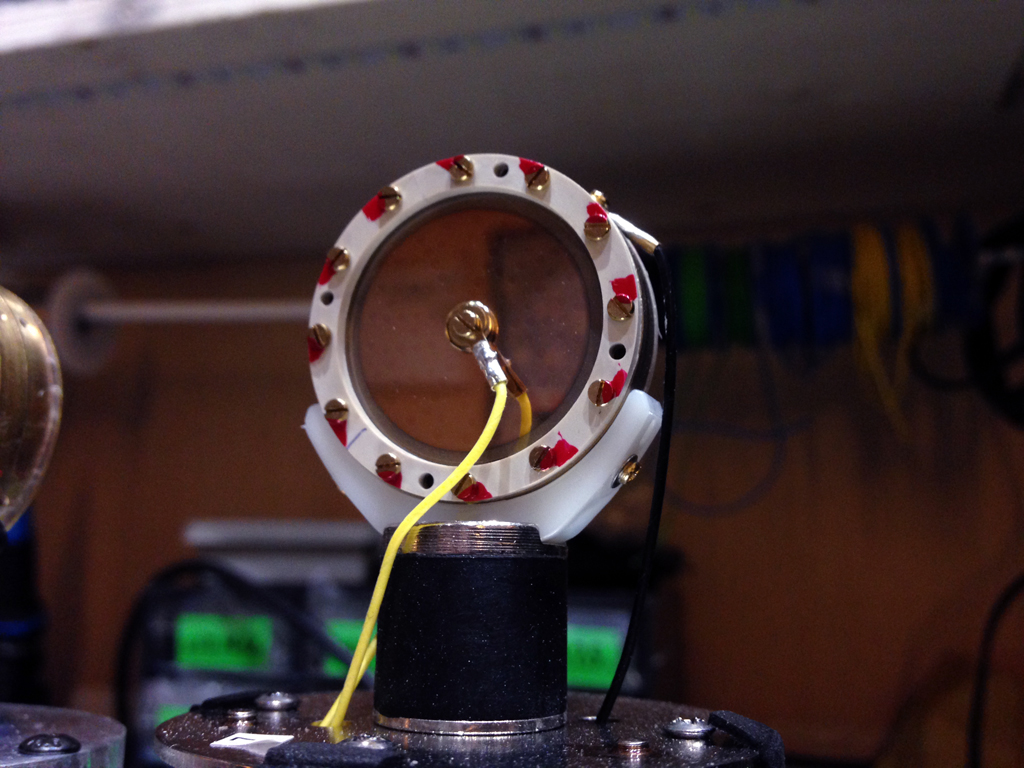
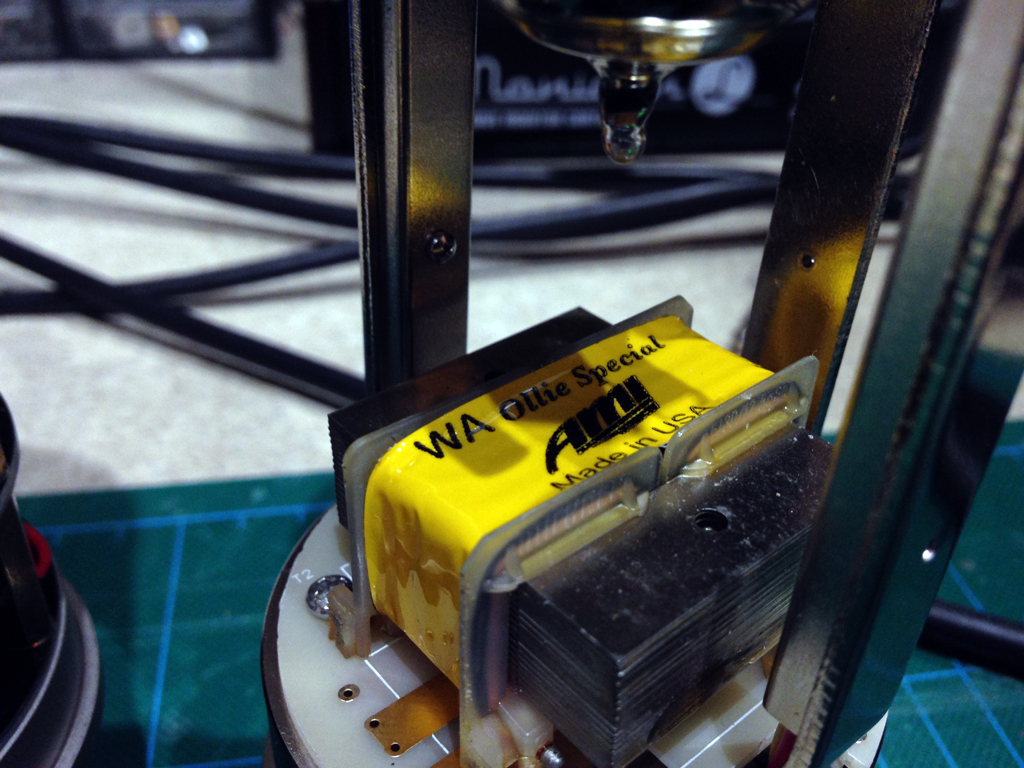

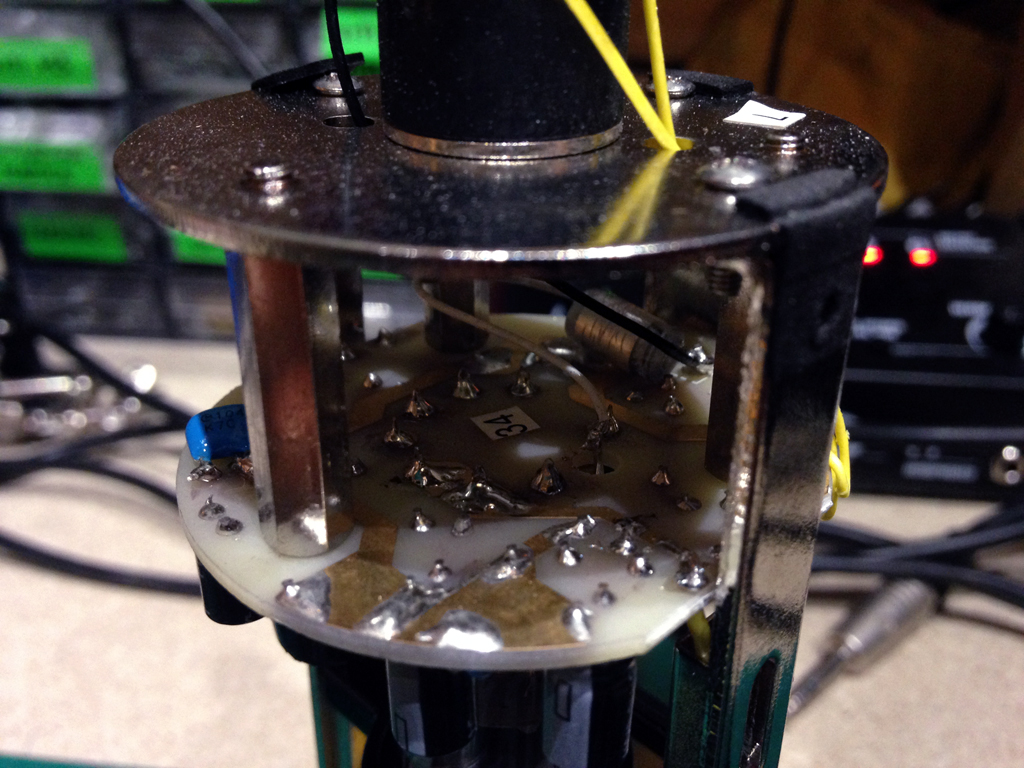
Chassis: Aluminum and power supply typical of overseas OEM’s.
Capsule: 47-style biased at 80V (an expedient that simplifies the circuit arrangement but alters the capsule's response, typically biased at 55-60 volts).
Tube: Current production JJ 5751 (a near equivalent to 12AT7), a dual triode with a slightly bright timbre.
Transformer: Custom AMI.
Components: Rather cheap, except for an output Solen capacitor.
Assembly: Industrial, PCB without solder mask (the traces will eventually oxidize).
Price: EUR 1059.
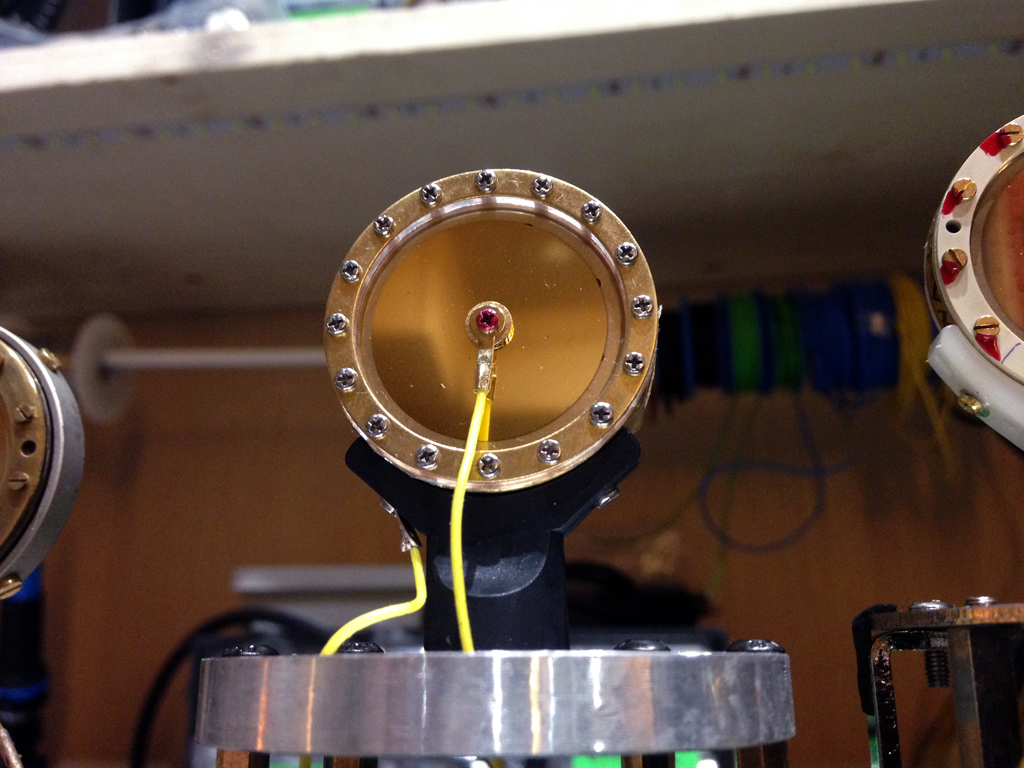

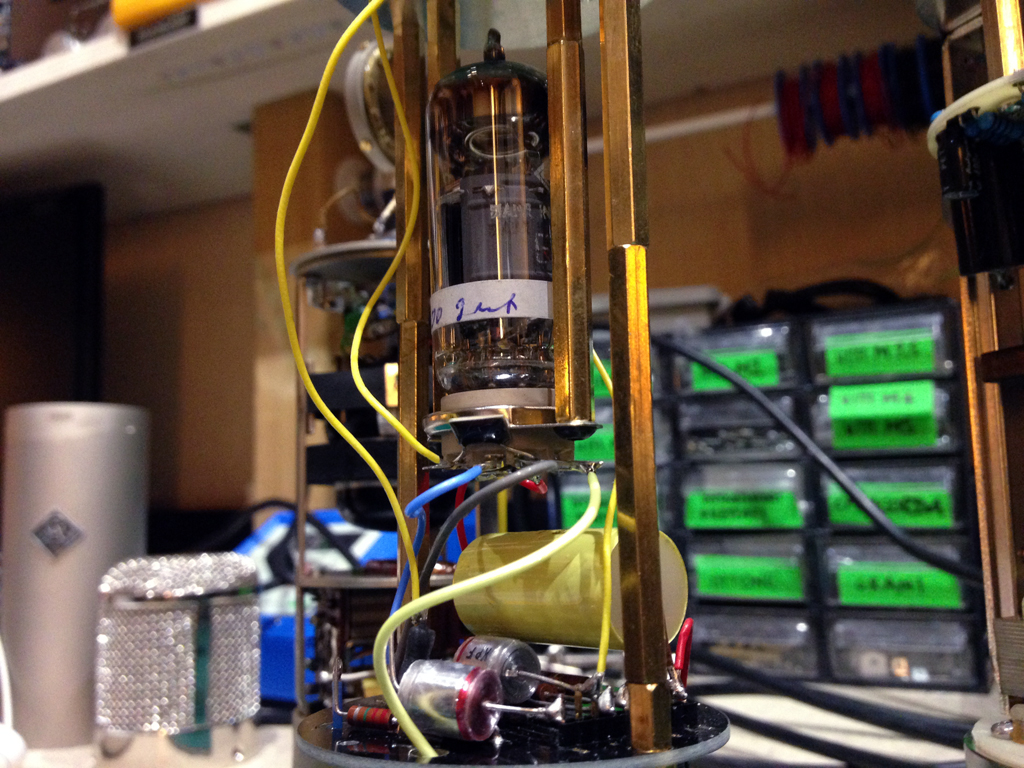
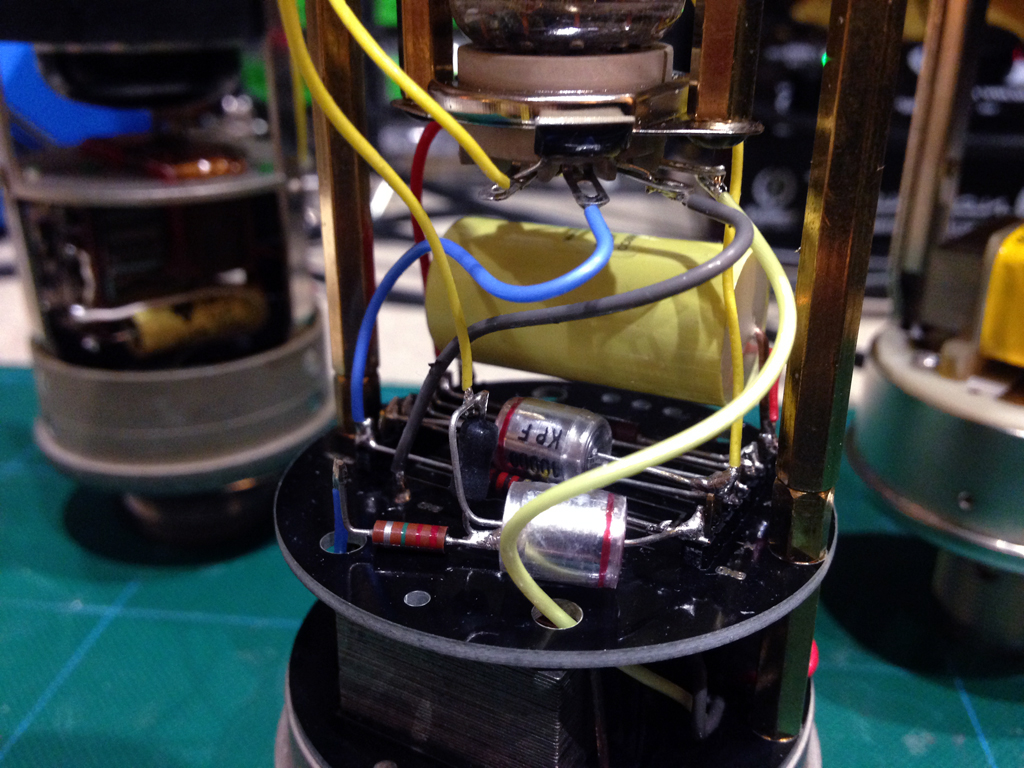
Golden Age GA 47:
Chassis: Brass and iron basket, both crafted very well.
PSU: Original design.
Capsule: Style 67 (likely from Oktava), biased at 60V.
Tube: Telefunken EF800 connected as a triode.
Transformer: Dual-coil, unbranded.
Components: Quality.
Assembly: Handcrafted, somewhat naif wiring.
Price: EUR 1514.
Are they beautiful microphones? Yes. Do they sound good? Yes. Do they sound like the Neumann U47? No.
Between the two, I appreciate the Golden Age more for several reasons, perhaps foremost because the brand's communication revolves around a new U47-inspired condenser microphone, while Warm Audio claims not to hear the difference between its young offspring and the old grumbler. We heard it, and how.
The clones, replicas, wannabes, pretenders—pick the synonym you prefer because any attempt to reproduce that unique peculiarity will be in vain. Not because there aren't skilled designers, but because that idea made sense in that context. It's the product of needs and circumstances that are now unrepeatable, and it's right for it to stay there, in the Olympus of singularities, alongside John Lennon's "Imagine" and René Higuita's scorpion kick in '95.




